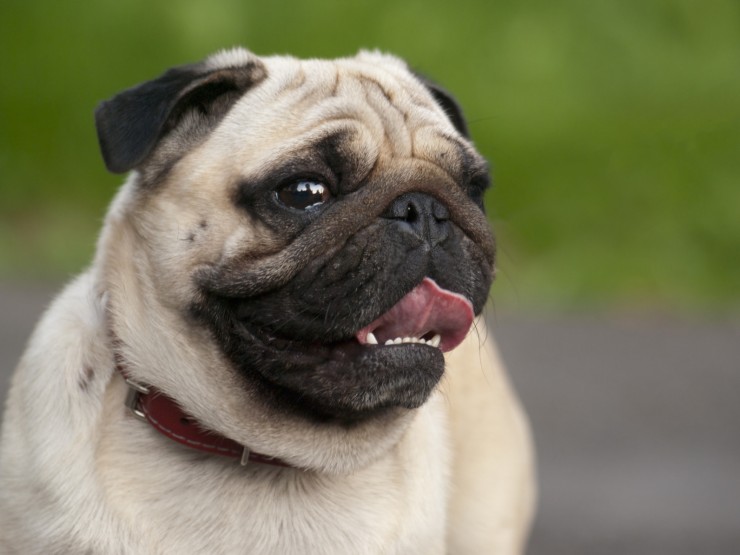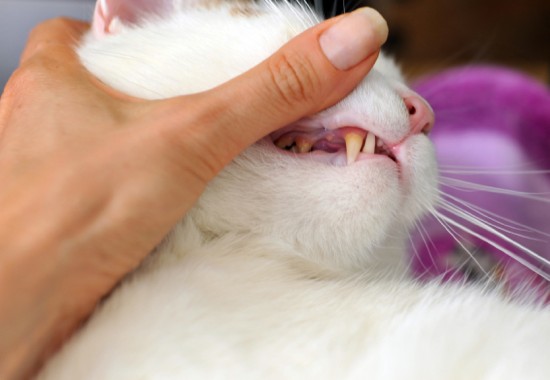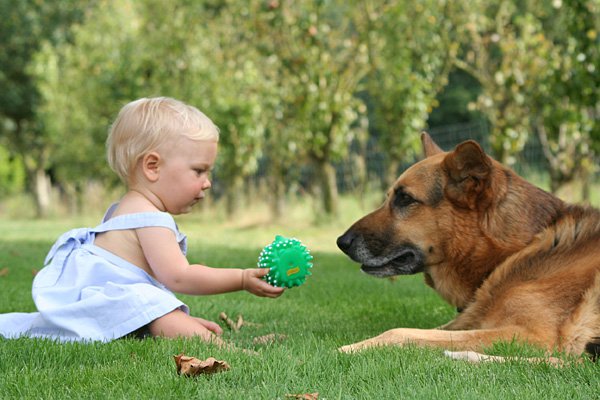
The English Setter was bred to flush out the birds after giving a quiet alert to its Master that it had found a covey. Through the years it has kept this instinct strong.
The history of the English Setter, a hunting dog, is very ancient. It is one of the oldest known hunting breeds. It was written about as early as the fourteenth century as a specific “setting” dog. Typically a “Setter” will seek out a covey of quail or other birds and freeze in place when it finds them. The “set” is a freezing in place and they will not give chase after the prey. One might compare this to an “alert” as the term is used for example in the area of Search and Rescue. The dog thus gives an obvious display to the hunter that it has come upon a covey or group of birds. On command of the hunter the Setter will then flush out the birds. This breed should not go after rabbit or other game.
The English Setter is “long on leg” and rather tall and rangy. The coloring is quite unusual, a roan/brindle combination known as “Belton” in varying shades of blue, red, tan, lemon, or black with white. The term “Belton” actually comes from a village in England where one of the founding breeders of the Setter , Mr. Edward Lavarack, developed his stock. Through his careful breeding program a very useful hunting dog was perfected. The dog is muscular and lean, with a well developed nose for smelling out the birds, well angulated in the rear and with strong legs built for ranging across rugged land. The instinctive “setting” of the dog is of course natural to the breed. The coat should be slightly wavy and long and silky. Natural oils within keep the coat free of brambles and weather resistant.
The English Setter is relatively free of heritable disease except for hip dysplasia. This condition is not as prevalent in this breed however as it is with many of the other larger breeds, so in general it is a healthy dog. Occasional bathing and regular brushing are necessary and the English Setter does need plenty of exercise, for it is a working breed and very active.
For many years in England the Setter was kept within the home as a family pet besides being the Master’s hunting dog. It was expected to be friendly and loyal with an even and non aggressive temperament. They should be affectionate and loyal and accepting of strangers and other dogs, for often they are required to work in the field with a variety of hunters and dogs. They should also be placid and settle quietly when in the house, not being “wild” and overly active. The English Setter is a highly intelligent dog and should be an easy dog to train, anxious to please, willing to work for many hours in the field and also be quietly reserved in the home. Although there are still careful breeders who work hard to maintain this stable temperament, there are also an abundance of breeders who do not strive for this goal. Consequently there are some Setters today who do not posses good temperament, and the person who is seeking a puppy of this breed would do well to investigate the source of the breeding.
Michael Russell
Your Independent guide to Animals
 Leave It! Five Simple Steps To Training Your Dog Away From Your Possessions
Leave It! Five Si
Leave It! Five Simple Steps To Training Your Dog Away From Your Possessions
Leave It! Five Si
 Breathing Problems In The Chihuahua
Breathing Problem
Breathing Problems In The Chihuahua
Breathing Problem
 All About The Dog’s Teeth And Bite
All About The Dog
All About The Dog’s Teeth And Bite
All About The Dog
 Dental Problems In Cats
Dental Problems I
Dental Problems In Cats
Dental Problems I
 Pamper your fishes with the best of everything from Aquarama
Pamper your fishes with the best of everything from Aquara
Pamper your fishes with the best of everything from Aquarama
Pamper your fishes with the best of everything from Aquara
Copyright © 2005-2016 Pet Information All Rights Reserved
Contact us: www162date@outlook.com